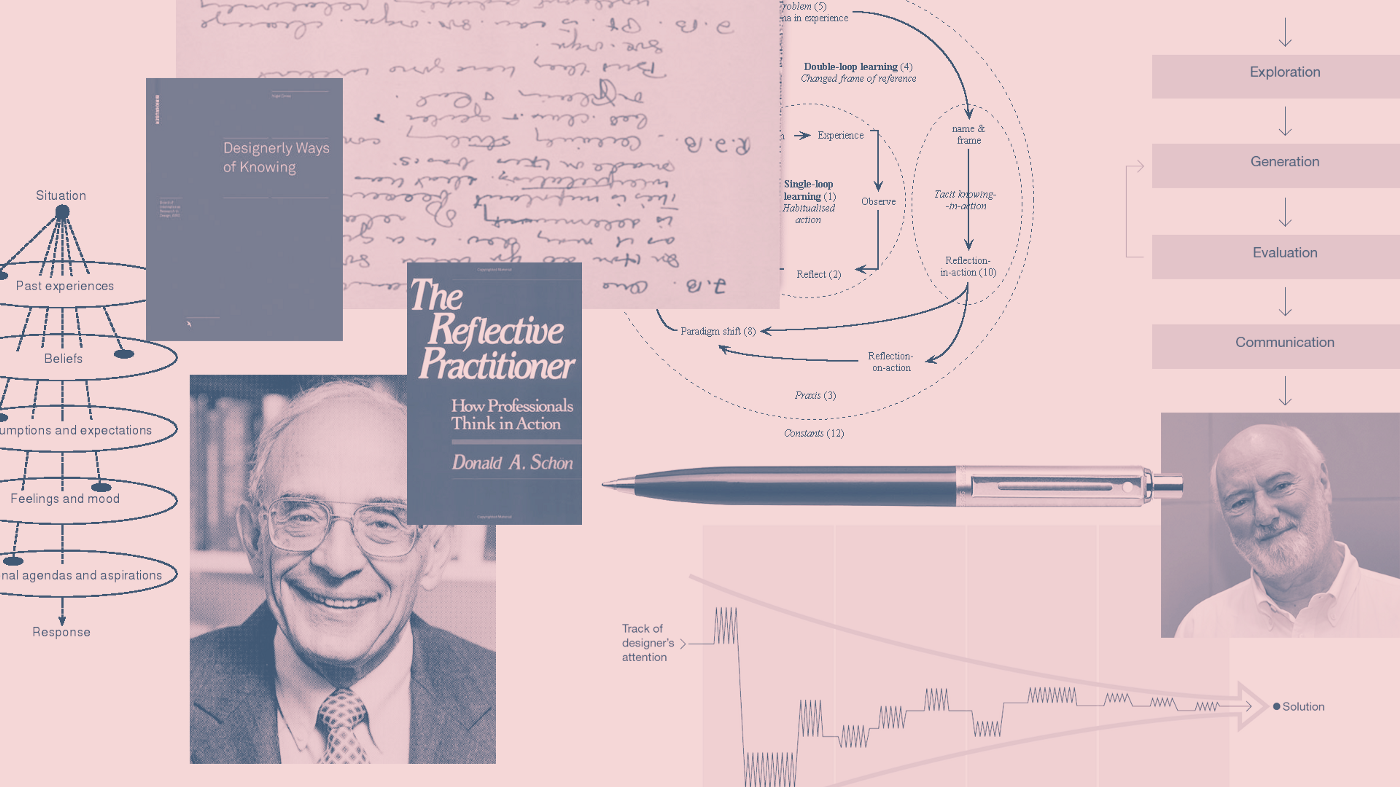
Topic 2: Design Thinking
Consumer Desires versus Societal Needs
Design Thinking
Separating Design Thinking from Design Methods is a difficult proposition. As with design itself, our perspective shapes our opinions. Design Thinking has oftentimes been disparaged as a lighter form of Design Methods. As Horst Rittel describes, design problems are perhaps the best place to begin in forming an opinion of how these two terms relate. Whether they be tame problems or Wicked Problems, our design process is unlikely to be consistent across business sectors or populations. In this class we discuss the nature of Design Thinking. Attention to be focused on how the tool is described and examples of successful projects. We will begin with an exercise.
Image above: The original Air Bed and Breakfast apartment (AirBNB)
Header image: JUUL Device (JUUL)
Assignments for the Class
Readings & Assignments
The readings for the week include the following:
ASSIGNED READING: Why Design Thinking Works: It addresses the biases and behaviors that hamper innovation, Jeanne Liedtka, 2018 (Harvard Business Review)
ASSIGNED READING: A History of Design Methodology, N. Cross, The Open University United Kingdom and University of Delft the Netherlands, 1993 (Kluwer Academic Publishers)
TOPIC SUPPORT: Design Thinking: Thinking like a designer can transform the way you develop products, services, processes—and even strategy, Tim Brown, 2008 (Harvard Business Review)
TOPIC SUPPORT: On Design Thinking, Maggie Gram, 2019 (N+1 Magazine)
TOPIC SUPPORT: Juul and the Business of Addiction: Bloomberg’s Lauren E!er on the rise and decline of an e-cigarette upstart, Nilay Patel, 2021 (Verge)
TOPIC SUPPORT: Design Thinking Is Fundamentally Conservative and Preserves the Status Quo, Natasha Iskander, 2018 (Harvard Business Review)
The assignment for the week is as follows:
Mid-Term Essay
Discuss your opinion of Design Thinking as an approach to problem solving in an essay due upon your return from Spring Break.
Essay should be 5-6 pages in length with illustrations
Describe the similarities, contrasts, or differences between design methods and design thinking using examples
Provide examples and discuss the similarities with the scientific method
Describe the opportunities or limitations of the approach
Describe your ideal design process, i.e. double-diamond (illustrate your process and include in essay)
You may use other presentation formats instead of a written paper (video/media)
Design Thinking Workshop
We will conduct an in-class workshop for approximately 90 minutes. This will be followed by small-group discussion of the readings and the activity.
Design Thinking: A Definition
“Design thinking is a human-centered approach to innovation that draws from the designer’s toolkit to integrate the needs of people, the possibilities of technology, and the requirements for business success.”
IDEO is often synonymous with Design Thinking as a term. They state, “Design thinking has a human-centered core.” Many of the materials describe how cross-functional teams driven by designers can identify latent consumer needs and desires. IDEO, amongst others, also describes the organizational effects that can be provided by using these tools, and hiring the agency to assist in facilitating their application. (IDEOU)

Analyzing the Designer
The Design Methods movement strove to understand the nature of creativity and articulate the processes of design. As we saw in the Design Methods topic, Operations Research was instrumental in providing a foundation from which to progress forward with a discussion of designing solutions to problems. Horst Rittel began with the problem definition, and identified the challenges of applying methods to problems.
“There are no classes of wicked problems in the sense that principles of solution can be developed to fit all members of a class. In mathematics there are rules for classifying families of problems—say, of solving a class of equations—whenever a certain, quite-well-specified set of characteristics matches the problem. There are explicit characteristics of tame problems that define similarities among them, in such fashion that the same set of techniques is likely to be effective on all of them.
Despite seeming similarities among wicked problems, one can never be certain that the particulars of a problem do not override its commonalities with other problems already dealt with.”
Tame problems and Wicked Problems required different approaches, but methods could be useful in each. In “The Reflective Practitioner,” Donald A. Schön described how professionals solved problems. In his 1986 book “Design Thinking,” Peter Rowe more narrowly analyzes how designers (architects) approach design problems. Along with more generalized business models for innovating and improving processes, Design Thinking emerged from this milieu as a means to package the messy design process in a way that businesses could understand and apply.
Image above: Illustration from “Design thinking origin story plus some of the people who made it all happen” (Jo Szczepanska)
Image left: Diagram from “Wicked and less wicked problems: A typology and a contingency framework”, Alford and Head, 2017 (Researchgate)
Design Thinking in Business
IDEO’s Tim Brown has been the greatest proponent of utilizing Design Thinking in business. As described above, the evolution of the practices are more complex, and more often associated with complex problems. As a term, “Design Thinking” has been adopted as a human-centered and hands-on approach to identifying latent customer needs and desires. While the approach is most often used in the business context, mixed levels of success have been achieved in the social innovation space. As Jeanne Liedtka describes in “Why Design Thinking Works”, “I have seen that another social technology, design thinking, has the potential to do for innovation exactly what TQM did for manufacturing: unleash people’s full creative energies, win their commitment, and radically improve processes.”
As designers in the ID context, your opinions and views of Design Thinking are important. Design Methods offer a more fully capable set of tools. Design Thinking offers an Agile means to approach Tame Problems. Still, few in the design or business community can define the term.
Image right: Tim Brown (IDEO)
Diagram: The Design Thinking Framework (IDEOU)
Diagram: The Design Thinking Process (Stanford d.School)
Definition of Design Thinking
“The design thinking ideology asserts that a hands-on, user-centric approach to problem solving can lead to innovation, and innovation can lead to differentiation and a competitive advantage. This hands-on, user-centric approach is defined by the design thinking process and comprises 6 distinct phases, as defined and illustrated below.”
Diagram: The Design Thinking Process (NNGroup)
Diagram: Design Thinking Phases (NNGroup)
Thoughts to Consider
Consider how problem size impacts Design Thinking approaches.
Image left: Co-design work session (Nicholas Paredes Studio)
Connecting cybernetics with the computing counter-culture and design, Dubberly & Pangaro (2015)










